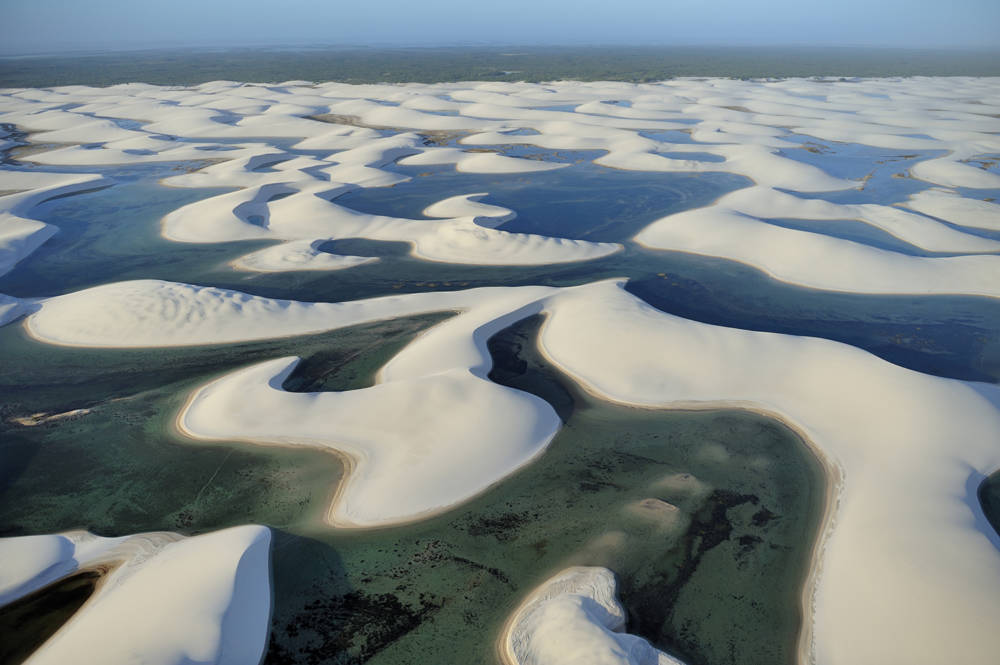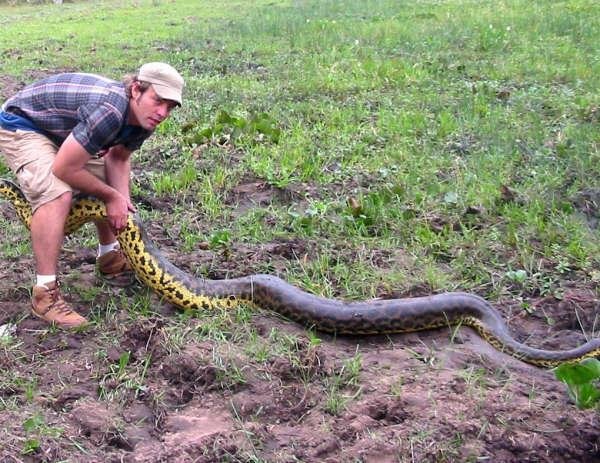The Pantanal can be visited all year round, offering different types of experiences each season. The dry period, which runs from July to October, offers the best opportunities for those who want to observe mainly terrestrial wildlife, while during the rainy period, which starts between November and December, extending until March and creating the “Full River Season.” This is a season of stunning scenery, where the blue hues of the water, the greens of the forest and the different shades of the sky com together for pristine scenery. The surreal colors during the sunrise and sunset before and aftr the rain are ideal sets for photos, but also for spotting animals on boat rides and horseback rides. The period between April and June is called “Vazante,” because this is when the flood waters begin to recede, and the fauna is seen more easily in the lower areas of the plain where there was water before. Each season has its charms and countless possibilities, offering unforgettable experiences at any time of year.
The Pantanal, for its exquisite biodiversity, and its accommodatins located far from any urban center, is the ideal place for those seeking a more intimate and genuine contact with nature. Here, travelers will arrive to an almost intact region, protected from mass tourism – and considering its climatic and geographic conditions – one which offers havens of peace and privacy. The traditional tours in the region are day and night photo safaris in open vehicles, easy hikes, boat or canoe trips, and horseback riding. All these experiences are always monitored by experienced local guides and drivers, and managed by an efficient risk management system, which offers confidence and security for the visitor to enjoy worry-free moments. The biggest attraction of the Pantanal is undoubtedly the “surprise factor,” which is seen in the eyes and hearts of those who visit it, and discover that, in addition to all this beauty and natural richness, there are nuances that can only be perceived when you are here.
The Pantanal, due to its geographic location, in the center of South America, is a convergence region, influenced mainly by the neighboring Cerrado and Amazon biomes, making the Pantanal plain an immense natural mosaic, with a huge intersection of animal and plant species, which generates low endemism, but on the other hand, an immense variety of species, and their large populations – in addition to an immense variety of experiences that can be had by travelers in each season. For this reason, in addition to traditional ecotourism in the Pantanal, it is possible to have unique experiences designed specifically for the visitor through special programs, such as bird watching, spotted jaguar observation, programs for photographers, experiencing a Pantanal “cowboy” experience called a comitiva, and river cruises through the most remote regions, amongst other possibilities.
The Pantanal has a very rich culture, resulting from the colonization of the region and the mixing of native peoples with the first explorers, in addition to the influence coming from neighboring Paraguay and Bolivia. The result of this mixture of cultures is present in many Pantanal traditions, including the food! Some of these are the chipa paraguaia, a cheese and tapioca biscuit, chipa guaçu, a savory corn pie, and tereré, a cold tea which is traditionally served in an ox horn that bears the name of “cuia”, and shared in conversation circles – serving as refreshment and a social experience on the hottest of days. Another typical dish, the delicious arroz de carreteiro. Different from the other dishes, which are the result of the influence of neighboring countries, this rice mixed with dried meat has its origin in the “comitivas,” in which the herd is annually driven by the Pantanal cowhands to higher areas and free from flooding, bringing with them dried meat, which is the main ingredient of this dish. Since it is not perishable, it made it possible to provide for these cowhands during their long journeys.

